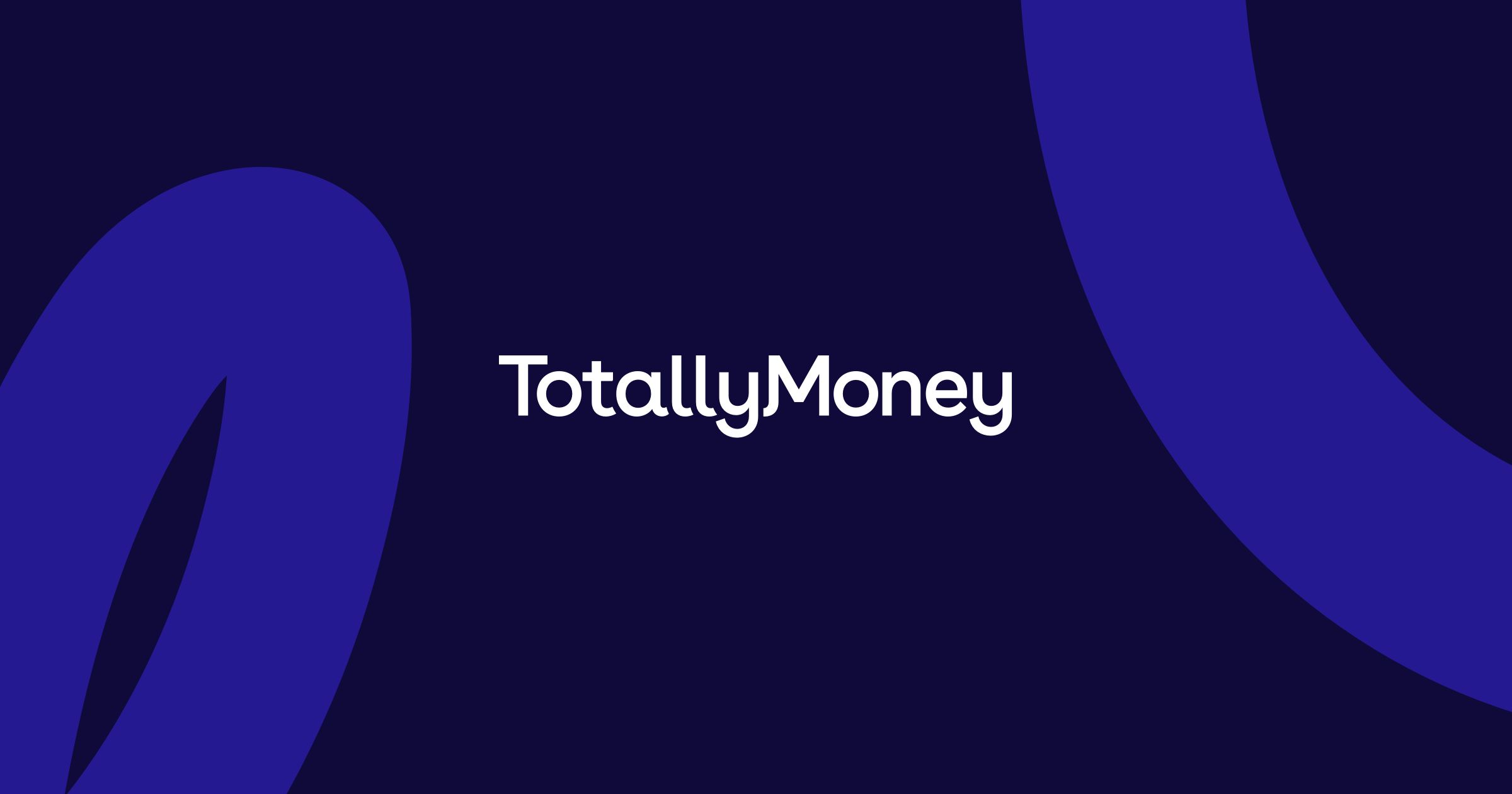Fee-free mortgages are mortgages that don’t have an arrangement fee. At first glance they appear cheaper, but in fact often have higher interest rates than other mortgage options.
In this guide we explain what to consider when choosing a fee-free mortgage AND how to work out whether fee-free is really the best option for you.
How Do I Work out Which Deal is Cheapest?
You need to compare the ‘total cost’ of deals. This means you take into account the interest rate, as well as the fee, and work out how much it will cost you over the mortgage’s two, five or ten year term.
Say you’re looking at a two-year fixed rate mortgage at 4%, and you want to borrow £150,000. Use a mortgage calculator to work out your monthly payments, which will be £792. Times this by 24 to get the total cost over two years, £19,008. Add the £999 fee, and the total becomes £20,007.
If the interest rate is slightly higher at 4.2%, but fee-free, the monthly payments would be £808 and the total cost over two years would be £19,392 – that is £615 cheaper than the first deal.
This example shows you shouldn’t necessarily pick the lowest interest rate. You always need to factor in the arrangement fee as well.
What is an Arrangement Fee?
Banks and building societies often advertise ultra-low mortgage rates, to lure in new customers. But these rates can have a high arrangement fee of around £1,000 or more to cover the costs of setting up the mortgage. This is usually paid up front, or added to the mortgage so that the borrower pays interest on it for up to 25 years.
So-called fee-free mortgages, quite simply, have no arrangement fee. But they usually have a higher interest rate.
What’s the catch?
You need to work out whether it is cheaper for you to opt for a mortgage with a low interest rate and high arrangement fee, or one with no arrangement fee and a higher interest rate.
WARNING: ‘fee-free’ Doesn’t Mean There Are No Fees
A fee-free mortgage won’t have an arrangement fee, but there are other fees to watch out for. These include:
Application or booking fee — Paid at the very start and normally non-refundable.
Valuation fee — The cost of valuing the property you want to buy.
Legal fees — The cost of hiring a solicitor or conveyancer to undertake the legal work.
Early repayment charge — These hefty fees apply if you try to switch or repay your mortgage within the initial two, three or five year term. They are are typically 2.5% of your loan.
What Else Should I Consider when Choosing a Fee-free Mortgage?
Should I opt for a fixed, tracker or discount mortgage?
You’re not just deciding whether to pay an arrangement fee or not. You also need to decide what kind of interest rate you want. Find out more with our guides to fixed rate, tracker and discount mortgages.
How much can I borrow?
Use a mortgage calculator to get an idea of how much you can borrow according to your salary. This will help you to work out the price-range of houses.
How much can I afford?
When choosing a type of mortgage, have a play with a mortgage calculator (LINK) to see if you could afford the monthly payments now and if they went up.
What loan-to-value do I need?
Work out proportion of your home that you own outright, without a mortgage. For example, if someone is buying a £100,000 house with a £25,000 deposit, they have 25% equity, and will need a 75 per cent loan-to-value mortgage. The more equity you have, the lower your mortgage rate will be.
How long for?
Most first time buyers have a mortgage term of 25 years, although their initial interest rate is likely to only last two, three or five years. This means the entire debt will be paid off at the end of the 25 year period. Aim for the shortest term you can afford, in order to pay less interest and pay off the debt quicker.
How can I find the cheapest mortgage?
TotallyMoney.com searches up to 5,000 mortgages to find you the best deal.
